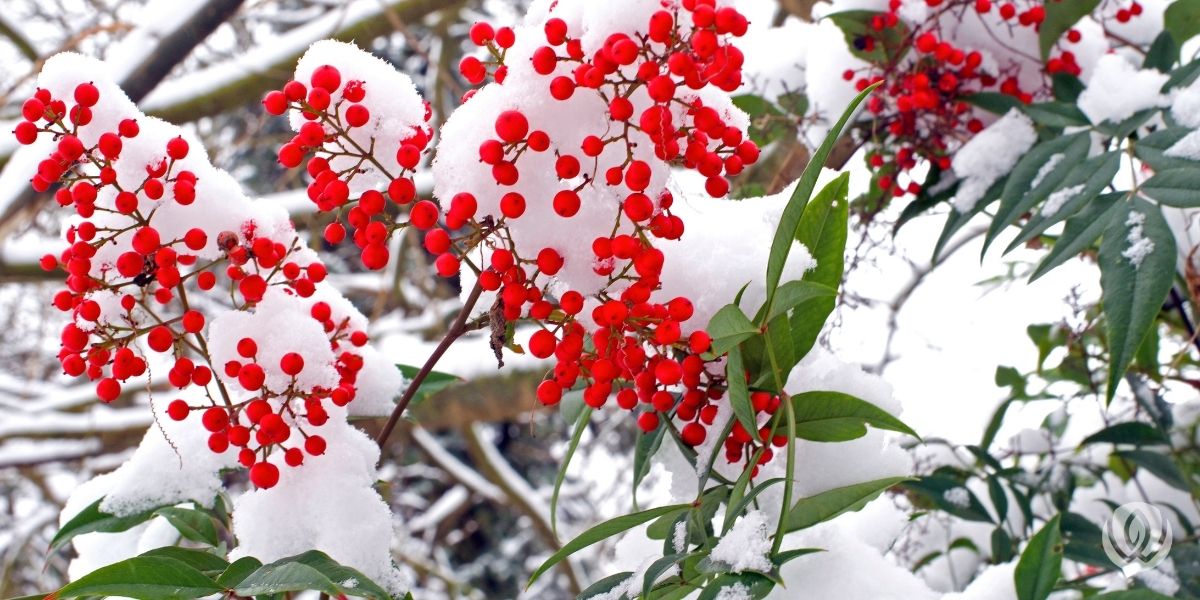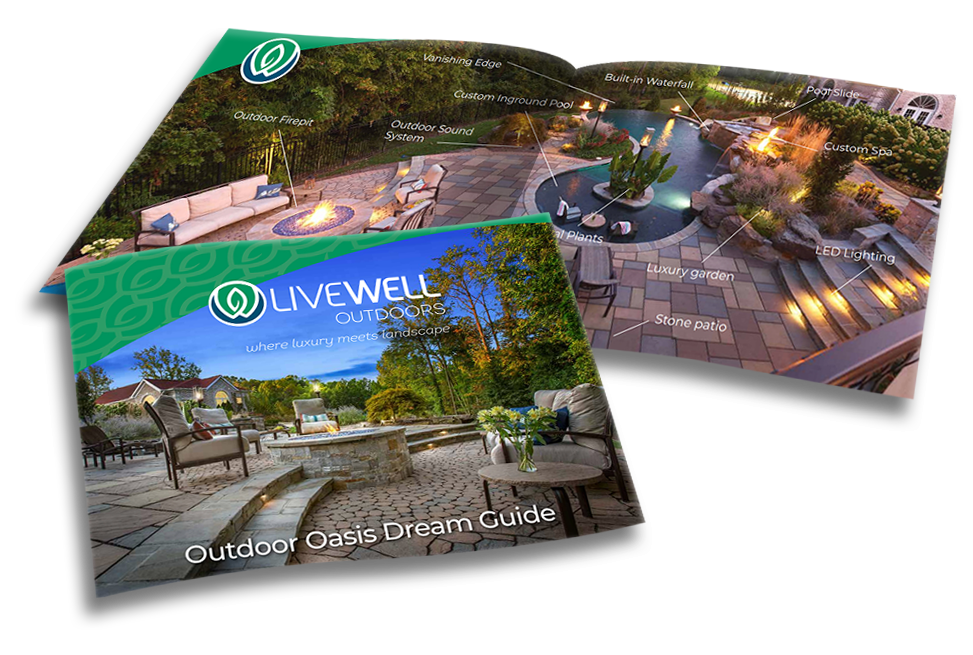
We know, we know. It’s tough to think about winter when we recently had temperatures near 80 degrees. But when the calendar flips to October, the nights get cooler and the days start getting shorter. That means winter is not far away.
If you’re tired of seeing brown and grey in your landscape all winter long, except when we get a beautiful white snowfall, keep reading. You can add winter interest plants now that will bring color to your landscape. Many of these are Maryland native plants. And several of these winter interest plants and shrubs have the added bonus of feeding the birds.
Before purchasing any of these, read up about the soil and moisture requirements, as well as the size they will be full grown. That way, you can ensure you choose the best plants and shrubs for your property, and that you plant them where they have the room to achieve their full-grown size. The Chesapeake Native Plant Center is a great resource.
The red twig dogwood is a shrub you can enjoy year-round, but it really stands out in the winter. The branches are truly red. Make sure to plant this beauty where you can see it from one of your windows. The bright red against a backdrop of crisp white snow is truly something to behold!
This small tree has yellow to red blooms that curl up at night and open during the day. Be sure you purchase a winter flowering variety. The blossoms emit a lovely fragrance, so you may want to plant it near your front entry or patio.
As the name suggests, the winterberry shrub has clusters of bright red berries all along its branches. The birds love them, but be careful, as the berries are toxic to humans and pets.
Inkberry is a holly bush that has purplish black berries that birds and other wildlife absolutely love. It is also an evergreen that will brighten your winter landscape.
This evergreen shrub has dark green foliage with small, waxy clusters of gray berries. The berries are sometimes used to make candles. The bayberry can handle salt air well.
The Staghorn Sumac is a shrub with striking fuzzy red flowers/fruits arranged in a cone shape. It's known to form dense thickets, so it would not be appropriate for a flower bed. On the other hand, it would be a good shrub to plant on a hillside for erosion control and winter interest.
Some of your winter interest plants will give you almost immediate gratification. But fall is also the best time to plant a number of other things in your yard. That's because the temperatures have cooled down. This will give all kinds of trees, shrubs, bulbs, perennials, and grass a chance to get well-established before the heat of summer.
With some preplanning and the right plants, tools, and mulch, you can create a whole new landscape design this fall. Think about adding pathways or hardscaping elements as well, for added interest.
If all of the digging and mulching sounds like a little bit too much work, consider hiring a professional landscaping team to do your fall planting and prepare your landscape design for winter. The team at LiveWell Outdoors would be happy to help! Schedule a call, and experience nature’s beauty.
